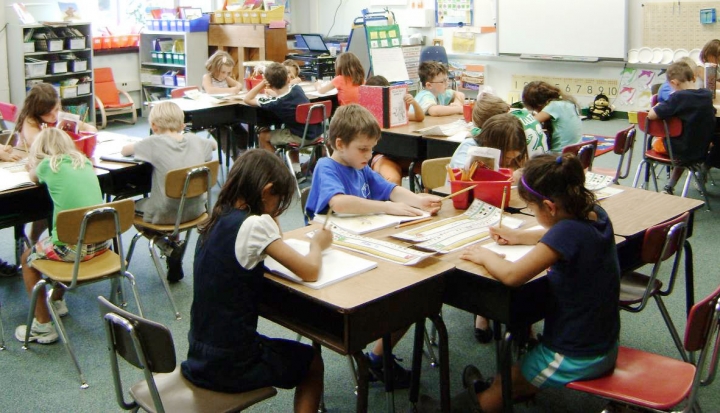Kevin Clarke, in his November Margin Notes column, “Too stressed for success: The high prices of living in poverty,” argues that making good decisions is a lot easier when one doesn’t have to deal with the day-to-day stresses of poverty. He quotes a study conducted by cognitive scientists from Harvard, Princeton, and England’s University of Warwick that found a positive correlation between a person’s socio-economic status and his or her ability to perform reasoning tasks. This column addressed adults primarily. But what about children who live in poverty?
The Huffington Post recently released some graphs that they created from data collected by the National Assessment of Educational Progress (NAEP). The NAEP’s data showed that most fourth- and eighth-graders are improving on their basic understanding of core subjects in school. The Huffington Post, however, took the study a step further.
What they found when they divided the fourth-graders into two categories—students ineligible to receive free or reduced price lunch and those eligible of it—is unfortunate and unsurprising.
Let’s look at the fourth-graders for instance:
What we can see from both of these graphs is that the fourth-graders who are eligible for a free or reduced school lunch are performing significantly worse than their peers who are higher up on the socio-economic ladder. As the graphs suggest, poverty negatively affects a child’s ability to perform well in school.
I’m not suggesting that poverty is the only cause for the students’ mediocre performances. It is one of many other factors that can attribute to this: a lack of educational drive, parents who don’t push their children to succeed, the performance levels of the school they attend, and more.
But poverty affects more than 46 million people in the United States. It affects our youngest citizens—who are our future. It affects their hearts, bodies, and minds. We need to break the cycle of poverty now.








